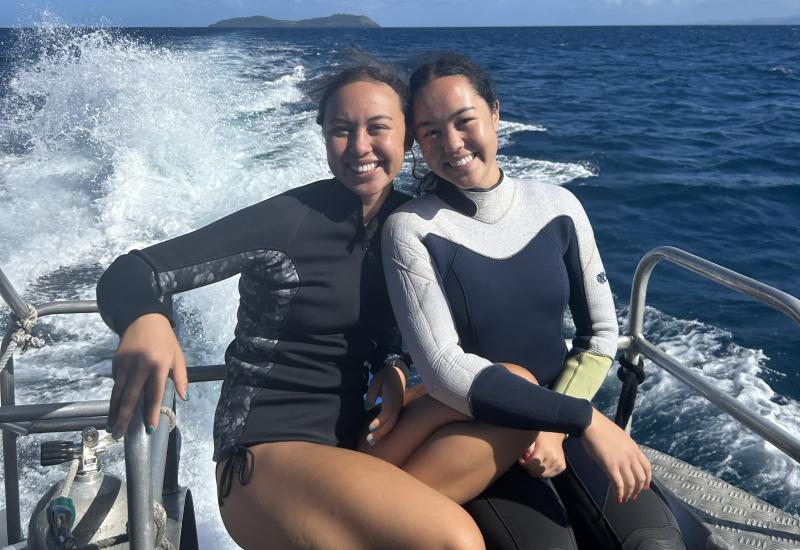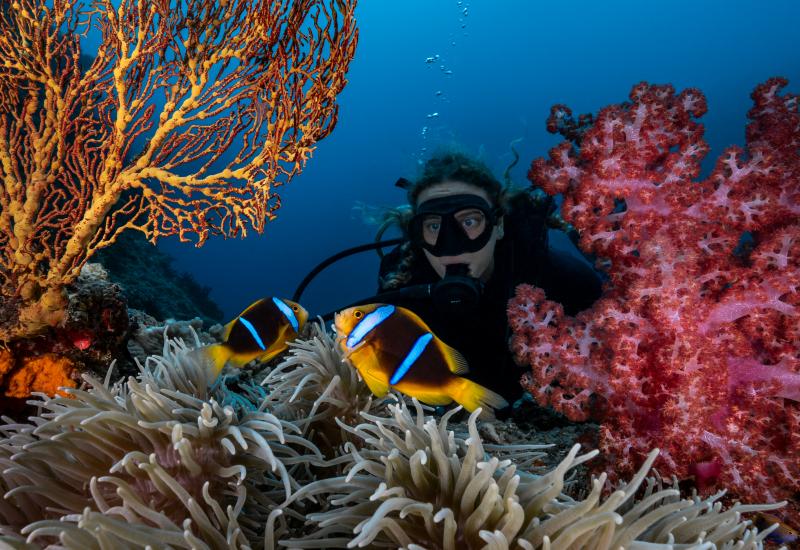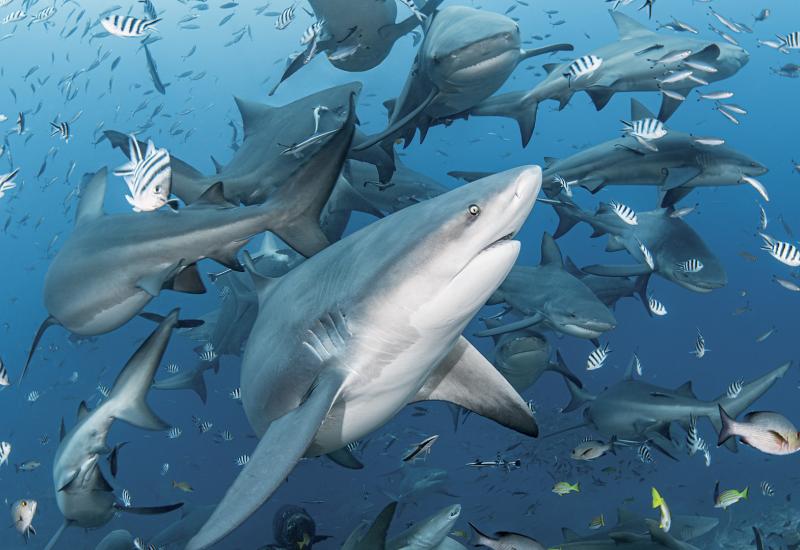Fiji After Dark: One Diver’s Journey Into Night Diving
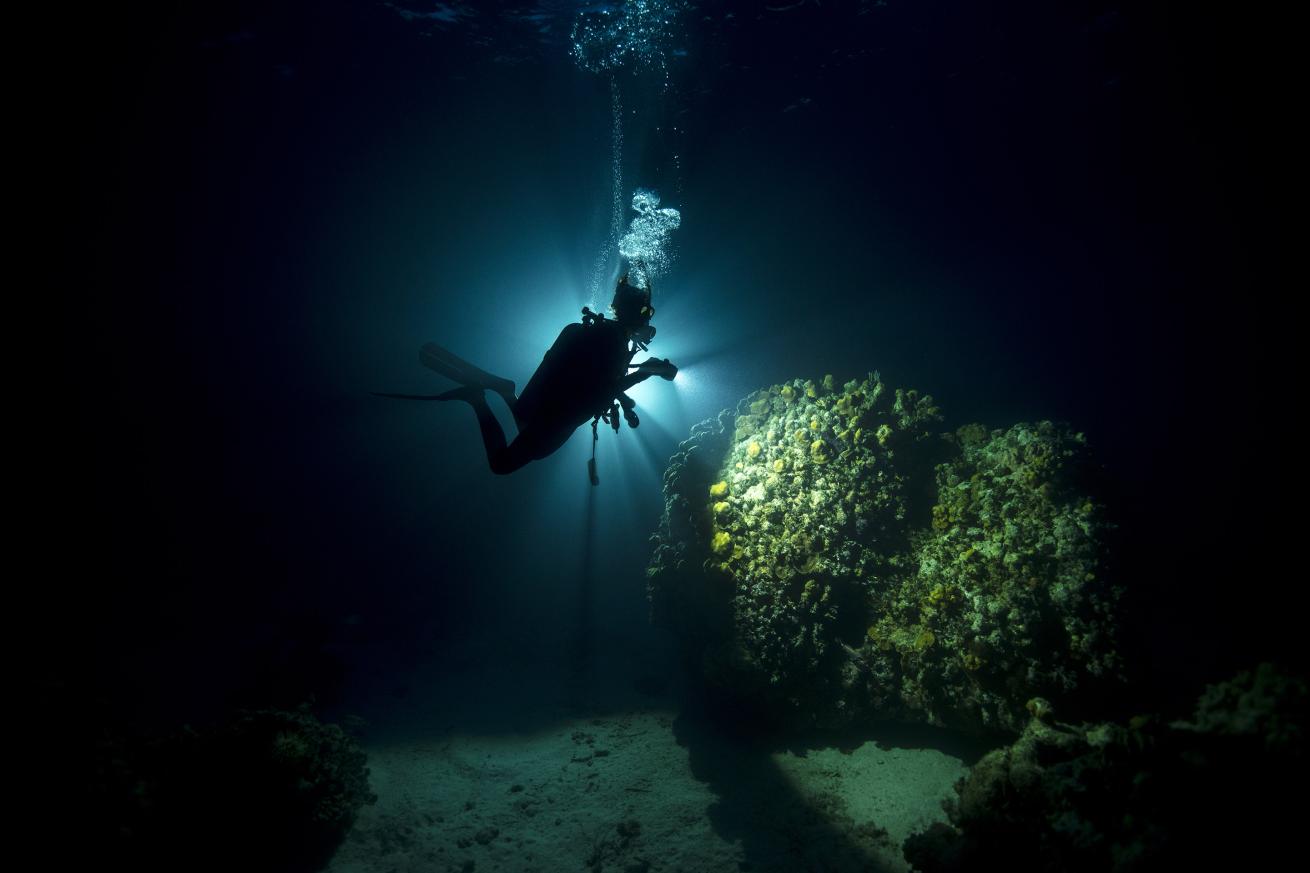
PADINight diving illuminates a new underwater world for divers.
As the sun slipped away, darkness seeped from sky to water erasing the horizon. What shards of light still danced in the first few feet of ocean over my head soon bled away into a black as far and wide as outer space. “Drifting through the galaxy,” I thought while hovering in the weightlessness of neutral buoyancy. That was the best comparison I could summon for my first night dive during my PADI Advanced Open Water class off Vomo Island, Fiji.
I gently frog kicked behind my guide Vilise, or “Villy,” keeping my eyes trained on the thin cones of light splaying from our flashlights. I could see nothing but our beams, north stars guiding us around the rocks, arches and overhangs of the underwater universe. A turtle crossed through our starlight. We stopped to watch it slowly fin beyond our halo and vanish into the abyss. We continued gliding. Villy pointed out creatures in the night: parrot fish sleeping in cocoons of mucus, a spider crab picking its way along a ledge and tiny transparent crustaceans tucked into coral crevices.
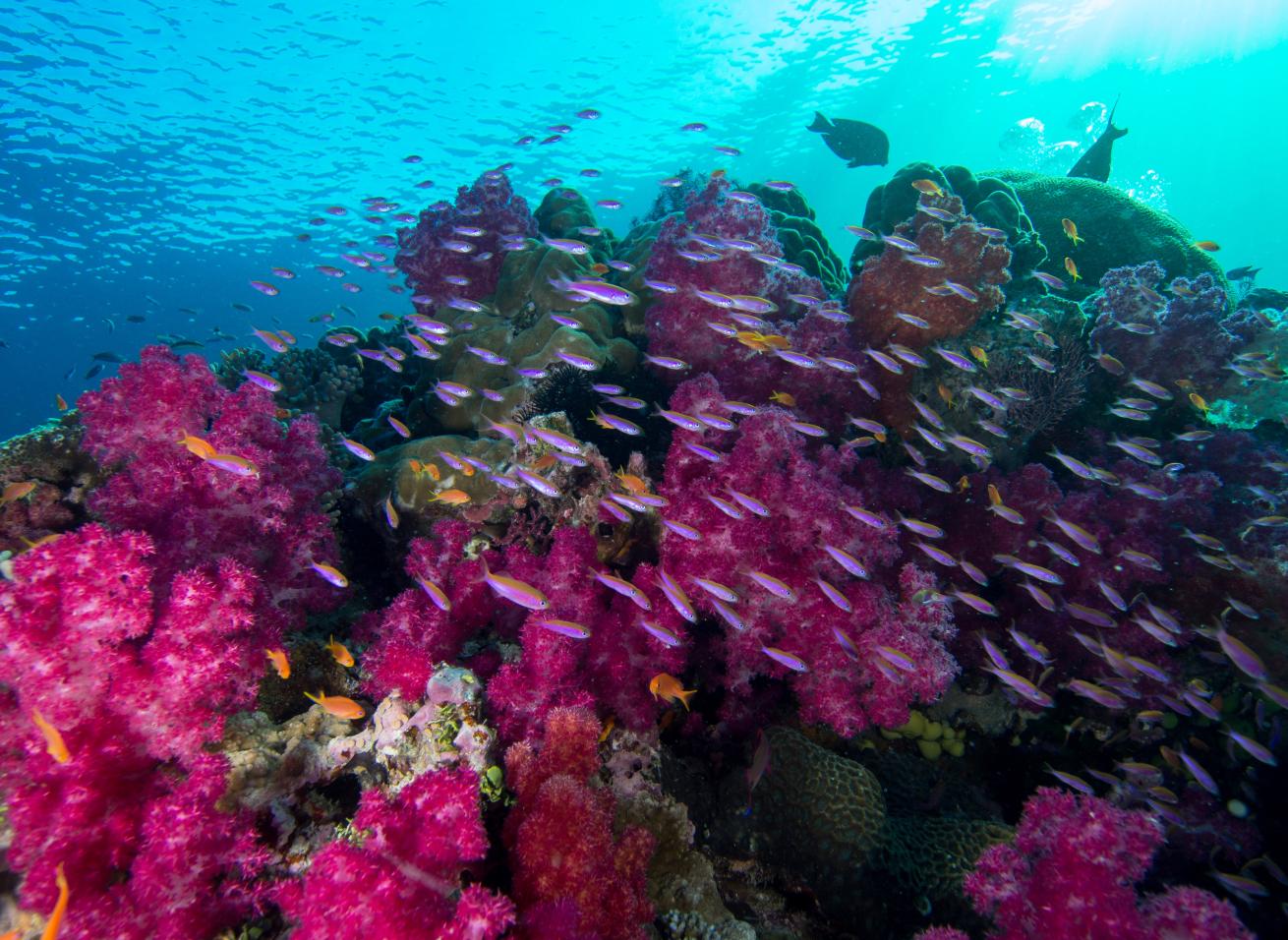
Andrea Rothlisberger/Tourism FijiFiji is known for its clear waters and vibrant marine life.
Fiji offers a spectacular setting for exploring the sport, especially around the Mamanuca Islands on the edge of the Yasawa Islands. A wide range of experiences, from colorful corals anchored in cerulean water to shark interactions at deeper depths, means there’s something for every diver.
I earned my Open Water certification 20 years ago in the Cayman Islands. Those two decades have not been kind to the ocean. The degradation of reefs from storms, heat waves and human activity, coupled with dwindling populations of sea life from overfishing and habitat loss, have left many divers worried about the future of this vast landscape. Though the 333-island archipelago of Fiji has suffered setbacks, many reefs remain remarkably intact. Divers don’t need to spend a week on a remote liveaboard to experience the thrill of manta rays, blacktip reef sharks or mottled grouper.
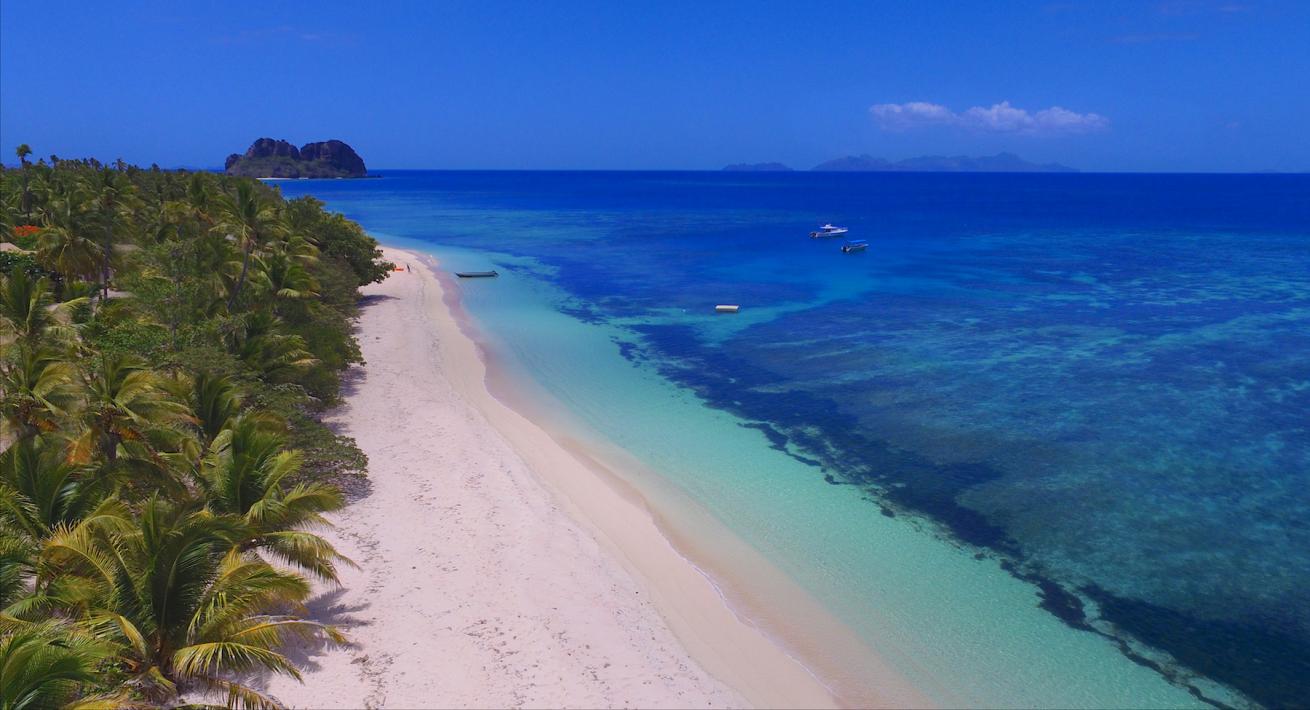
VOMO IslandAn aerial image of Vomo Island, Fiji.
VOMO Island occupies an especially favored spot. The resort’s 225-acre spit of private palm-fringed paradise sits only 35 minutes by fast ferry from the mainland port of Denarau. Divers can reach the island’s ring of dive sites via a low-key swim off the beach or a breezy 15-minute boat ride. Guests can jump into the water before breakfast, and again before lunch, rather than spend half their day on a boat. Diving around Vomo is so convenient that learning new skills on vacation becomes a no-brainer.
Which brings me to the night dive – the fourth of five dives needed to earn my advanced certification. There was a time when I feared I might suffer a panic attack doing such a thing. While not as claustrophobia-inducing as a true enclosed space (see horror film The Descent or real-life horror movie Thirteen Lives, depicting the Thai cave rescue mission), the total darkness of a post-dusk plunge simulates the experience.
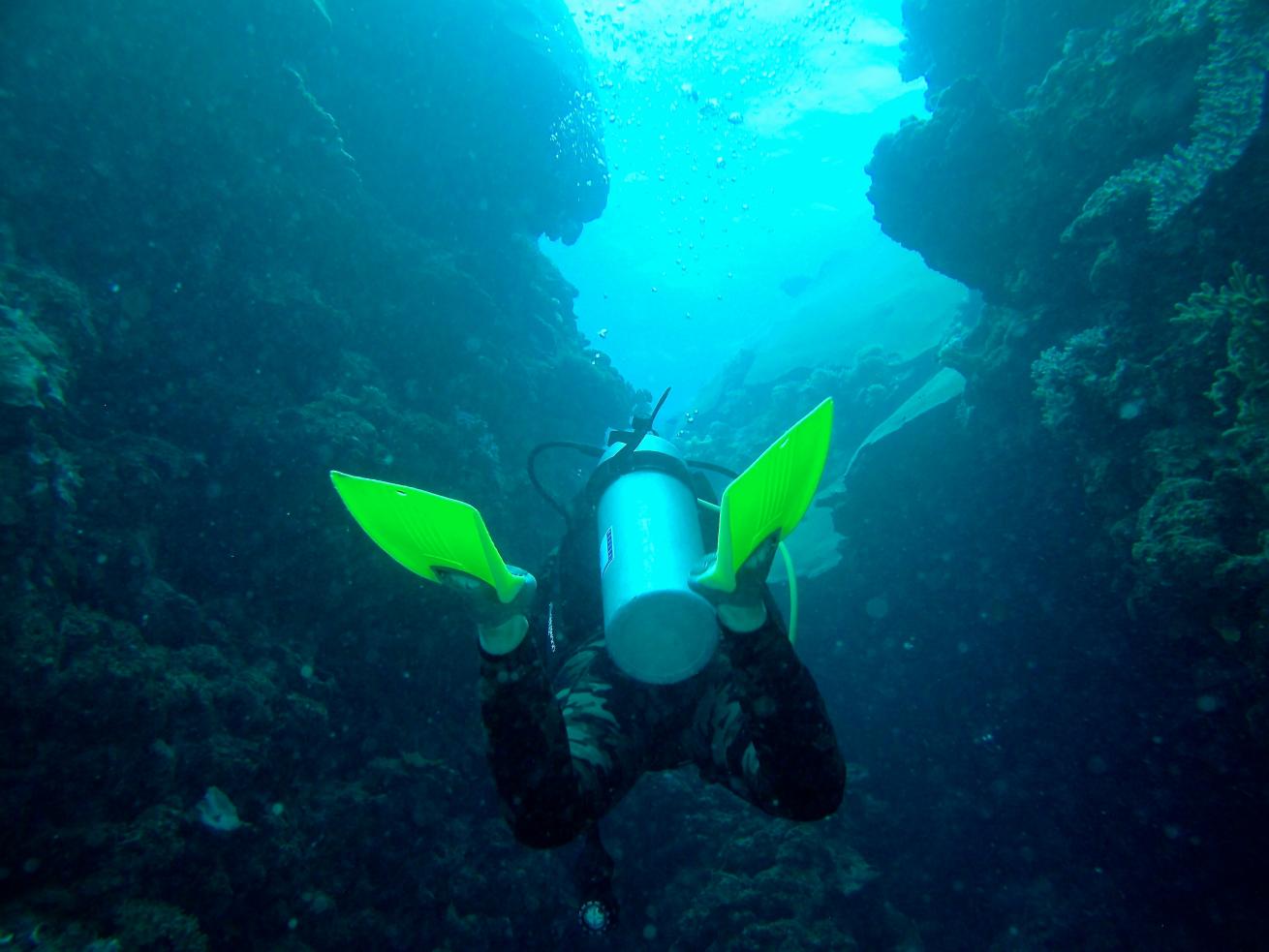
VOMO IslandA diver explores what Fiji has to offer underwater.
When I met Vomo Island’s instructor Jenny Lee, night diving wasn’t part of my five-dive program. Advanced candidates have two required dives—underwater navigation and deep dive—plus three more elective specialty dives. Mine initially included a boat dive, fish identification and underwater naturalist.
“Naturalist is basically like fish ID,” Jenny said to me. “Maybe you want to do a night dive?” she asked, watching my response.
I thought for a second. Hesitant to turn down a challenge to practice calm amidst discomfort, I agreed. “Sure. Let’s do it.” Secretly, a tiny drip of anxiety began to flow.
Over the next two days, I knocked out three dives, including the 91-foot drop to the bottom of the ocean. Online coursework composed of reading and quizzes had spun concern for nitrogen narcosis on the deep dive.
“I’ve had divers act drunk while down there,” Jenny said. When she saw my face, she added, “don’t worry, you’re with me. I’ve got you.” Jenny, a gentle and thoughtful instructor, quelled all my concerns, and the dive was a success. Easy, even.
By the evening of the night dive, my comfort in the water had quadrupled. From the beach in front of the dive center, I waded into the darkness with Villy, submerged, and let go. Yoga breathing, a quiet mind and bolstered confidence yielded an unforgettable flight into the deep.

